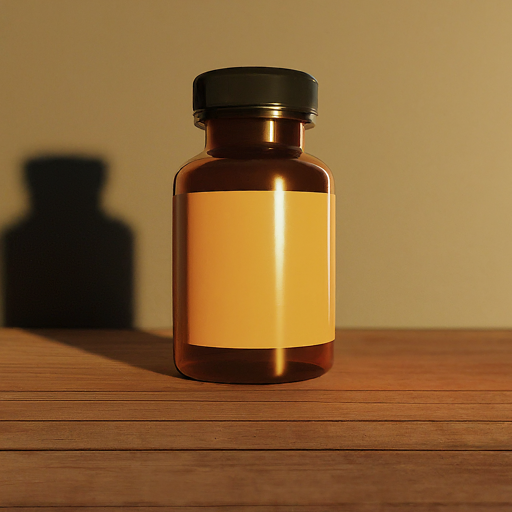Pharmaceutical containers are integral to the healthcare industry, ensuring the safe and effective delivery of medications to patients worldwide. From maintaining the integrity of drugs to facilitating accurate dosing, these containers play a pivotal role in the pharmaceutical supply chain.
1. Types of Pharmaceutical Containers
Pharmaceutical containers come in various forms, each designed to meet specific requirements for drug protection, stability, and patient safety. Some common types include:
- Glass Bottles: Often used for liquids, glass bottles offer excellent chemical resistance and are ideal for preserving the purity of sensitive medications.
- Plastic Bottles: Lightweight and durable, plastic bottles are widely used for both solid and liquid medications. They are also cost-effective and customizable.
- Blister Packs: These pre-formed plastic packaging units provide individual doses of tablets or capsules, enhancing convenience and protecting against contamination.
- Vials: Used for injectable medications, vials are typically made of glass or plastic and come with rubber stoppers to ensure sterility.
- Syringes: Essential for delivering injectable medications, syringes are available in various sizes and types, including prefilled syringes for ease of use.
2. Key Considerations for Pharmaceutical Containers
The selection of pharmaceutical containers is guided by several critical factors:
- Compatibility: The container must be chemically compatible with the medication it holds. This prevents reactions that could compromise the drug's efficacy or safety.
- Barrier Properties: Containers must protect drugs from external factors such as moisture, light, and air, which can degrade the medication over time.
- Regulatory Compliance: Pharmaceutical containers must meet stringent regulations and standards set by regulatory bodies such as the FDA and EMA. This includes requirements for labeling, tamper-evidence, and child resistance.
- Ease of Use: Containers should be designed with user convenience in mind, ensuring that patients can easily access and administer their medications.
3. Innovations in Pharmaceutical Packaging
The pharmaceutical packaging industry is constantly evolving, driven by advancements in technology and increasing demands for patient-centric solutions. Some notable innovations include:
- Smart Packaging: Incorporating sensors and digital technology, smart packaging can track medication usage, monitor adherence, and provide real-time data to healthcare providers.
- Eco-Friendly Materials: With growing concerns about environmental impact, there is a shift towards sustainable packaging materials, such as biodegradable plastics and recyclable glass.
- Child-Resistant and Elderly-Friendly Designs: Modern containers are being designed to be both child-resistant and easy for elderly patients to handle, addressing the needs of diverse patient populations.
4. The Future of Pharmaceutical Containers
Looking ahead, the pharmaceutical container industry is expected to continue evolving with trends such as personalized medicine, increased use of biologics, and a focus on improving patient adherence. Innovations in materials science, automation, and data integration will likely play significant roles in shaping the future of pharmaceutical packaging.
In conclusion, pharmaceutical containers are more than just a means of holding medications—they are a critical component of the healthcare system, ensuring that drugs are delivered safely, effectively, and conveniently. As the industry advances, the continued development of these containers will play a vital role in enhancing patient outcomes and driving the future of medicine.



